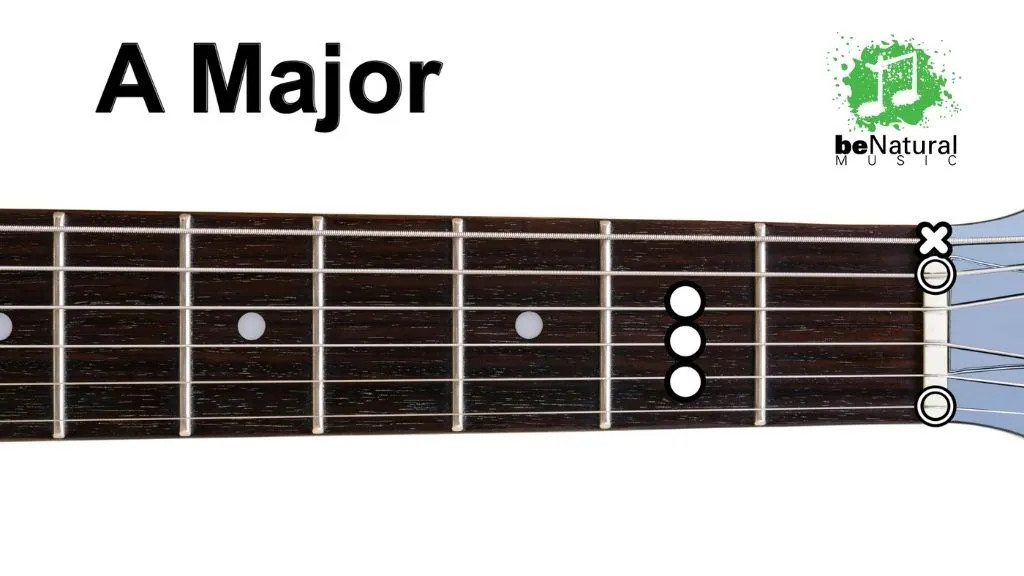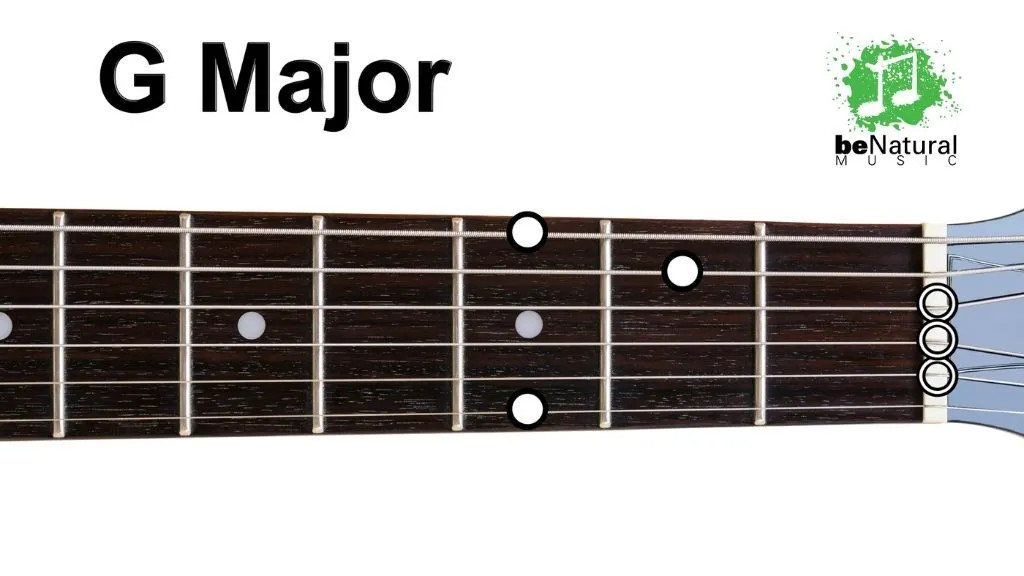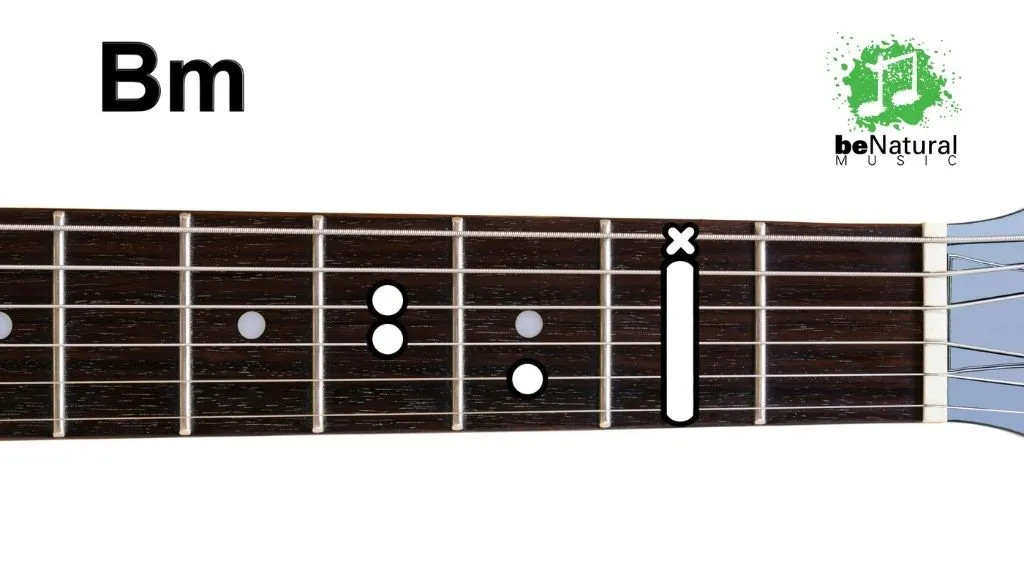Learning to play the guitar opens up a world of musical possibilities, offering not just a fun and rewarding hobby but also cognitive benefits and stress relief. If you’re just starting your guitar journey, mastering a few basic chords is the first crucial step. Understanding guitar chords can seem daunting initially, but with the right guidance and a bit of practice, anyone can grasp the fundamentals.
At its core, a guitar chord is simply a harmonious combination of two or more notes played simultaneously. Knowing a handful of the Most Common Guitar Chords will empower you to quickly learn songs, understand guitar tablature, and, most importantly, enjoy playing music.
This guide will walk you through seven essential guitar chords that are perfect for beginners. These chords are foundational, appearing in countless songs across various genres, and mastering them will significantly accelerate your learning process.
Understanding Basic Guitar Chord Types
Before diving into specific chords, it’s helpful to understand the three primary types of guitar chords you’ll encounter as a beginner: power chords, open chords, and bar chords. Each type has its unique sound and application, and understanding their differences is key to your development as a guitar player.
1. Power Chords
Power chords are a staple in rock, punk, and metal music. Their simplicity makes them excellent for beginners. Typically involving just two or three strings, power chords are easier on the fingers and require less intricate finger positioning.
Often played on electric guitars with distortion, power chords produce a powerful, driving sound. While versatile across guitar types, they truly shine in genres that demand a heavier, more impactful tone.
2. Open Chords
Open chords are characterized by utilizing all six strings of the guitar, including open strings (strings played without fretting). Similar to power chords in their relative ease of fingering, open chords deliver a much fuller and richer sound.
They are considered the most common guitar chords and are fundamental in many musical styles. For beginner guitarists, open chords are the ideal starting point due to their full sound and relatively straightforward finger positions.
3. Bar Chords
Bar chords, sometimes referred to as barre chords, involve using one finger to press down multiple strings across a single fret. While any finger can be used, it’s most commonly the index finger that forms the “bar.”
Bar chords are more challenging for beginners as they require greater finger strength and precision to ensure all strings ring out clearly. However, mastering bar chords expands your chord vocabulary significantly, allowing you to play a wider range of songs and musical styles.
Tips for Playing Bar Chords:
- Ensure even pressure across all strings to produce a clear sound.
- Slightly arch your barring finger to improve pressure on each string.
- Practice bar chords regularly to build finger strength and stamina.
- Experiment with different songs to get a feel for how bar chords are used in music.
Decoding Guitar Chord Diagrams
Guitar chord diagrams are visual aids that simplify the process of learning new chords. Think of them as roadmaps for your fingers, showing exactly where to place them on the fretboard.
[Insert Chord Diagram Image Here]
Source: Guitar Gear Finder
In a chord diagram, vertical lines represent the guitar strings, with the leftmost line typically being the thickest (low E) string and the rightmost being the thinnest (high E) string. Horizontal lines indicate the frets. Numbers within the diagram circle indicate which finger to use:
- 1: Index Finger
- 2: Middle Finger
- 3: Ring Finger
- 4: Pinky Finger
An “x” above a string in a chord diagram means that string should not be played, while an “o” indicates an open string should be played.
7 Must-Know Guitar Chords for Beginners
Now that you’re familiar with chord types and diagrams, let’s explore seven of the most common guitar chords every beginner should learn. These chords will form the foundation of your guitar playing and unlock a vast repertoire of songs.
1. A Major Chord
 A major chord
A major chord
The A major chord is a fundamental and relatively easy chord to learn. It’s a fantastic starting point for beginners due to its straightforward fingering and frequent use in popular music.
How to play A Major:
- Place your index finger (1) on the 2nd fret of the D string.
- Place your middle finger (2) on the 2nd fret of the G string.
- Place your ring finger (3) on the 2nd fret of the B string.
- Strum from the A string (5th string) downwards, avoiding the low E string (6th string).
2. C Major Chord
The C major chord is another extremely popular and versatile chord. Its bright and cheerful sound makes it a staple in countless songs across various genres.
How to play C Major:
- Place your index finger (1) on the 1st fret of the B string.
- Place your middle finger (2) on the 2nd fret of the D string.
- Place your ring finger (3) on the 3rd fret of the A string.
- Strum from the A string (5th string) downwards, avoiding the low E string (6th string).
3. G Major Chord
 G major chord
G major chord
The G major chord is a powerful and resonant chord that adds depth to your playing. While it might feel a bit more challenging initially due to the finger stretch, practice will make it comfortable.
How to play G Major:
- Place your middle finger (2) on the 2nd fret of the A string (5th string).
- Place your ring finger (3) on the 3rd fret of the low E string (6th string).
- Place your pinky finger (4) on the 3rd fret of the high E string (1st string).
- Strum all six strings.
Tip for Beginners: Switching from G major to other chords like C or D can be tricky at first. Practice transitioning between these chords slowly and repeatedly to build muscle memory and improve fluidity.
4. D Major Chord
The D major chord is known for its bright and optimistic sound, making it a favorite in pop, country, and folk music. It’s another essential chord for your beginner toolkit.
How to play D Major:
- Place your index finger (1) on the 2nd fret of the G string.
- Place your middle finger (2) on the 2nd fret of the high E string (1st string).
- Place your ring finger (3) on the 3rd fret of the B string.
- Strum from the D string (4th string) downwards, avoiding the low E and A strings (6th and 5th strings).
5. E Major Chord
 E major chord
E major chord
The E major chord is unique because it utilizes all six strings of the guitar, creating a full and powerful sound. Despite using all strings, it’s not overly complex to learn.
How to play E Major:
- Place your index finger (1) on the 1st fret of the F string (3rd string).
- Place your middle finger (2) on the 2nd fret of the A string (5th string).
- Place your ring finger (3) on the 2nd fret of the D string (4th string).
- Strum all six strings. Aim for a smooth and even strum across all strings.
6. A Minor Chord
If you’ve mastered the E major chord, A minor will feel familiar. It shares a similar finger positioning with A major, making it a relatively easy addition to your repertoire. The A minor chord has a more somber, melancholic tone compared to A major.
How to play A Minor:
- Place your index finger (1) on the 1st fret of the B string.
- Place your middle finger (2) on the 2nd fret of the D string.
- Place your ring finger (3) on the 2nd fret of the G string.
- Strum from the A string (5th string) downwards, avoiding the low E string (6th string).
7. B Minor Chord
 B minor chord
B minor chord
B minor is your introduction to bar chords and, while initially challenging, it’s a valuable chord to learn early on. Mastering B minor will open doors to playing a wider variety of songs.
How to play B Minor:
- Barre your index finger (1) across all five strings (1st to 5th) at the 2nd fret.
- Place your ring finger (3) on the 4th fret of the A string (5th string).
- Place your pinky finger (4) on the 4th fret of the D string (4th string).
- Place your middle finger (2) on the 3rd fret of the B string (2nd string).
- Strum from the A string (5th string) downwards, avoiding the low E string (6th string).
Tips for Practicing Guitar Chords
One of the biggest hurdles for beginner guitarists is smoothly transitioning between chords. Consistent practice is key to developing this skill. Using a metronome is an excellent way to improve your chord changes.
Start with a slow tempo on the metronome and practice switching between two chords in time with the beat. As your transitions become smoother and more accurate, gradually increase the tempo.
Consider taking guitar lessons from a qualified instructor. A teacher can provide personalized guidance, identify areas for improvement, and accelerate your learning process.
Ready to Advance Your Guitar Skills?
Once you have a solid grasp of these most common guitar chords, you’ll find that learning more complex chords and songs becomes significantly easier. Remember, consistent practice is the cornerstone of progress. Dedicate time each day to practicing your chords, and you’ll be amazed at how quickly you improve.
If you’re eager to take your guitar playing further, Be Natural Music offers comprehensive guitar lessons, both in-person in Santa Cruz and Cupertino and online. Our experienced instructors cater to all skill levels, from absolute beginners to advanced players. We’re committed to helping you learn everything you need to know about playing the guitar, from the fundamentals to advanced techniques.
Contact our instructors today to learn more about lesson pricing, schedules, and how we can help you achieve your musical goals.
